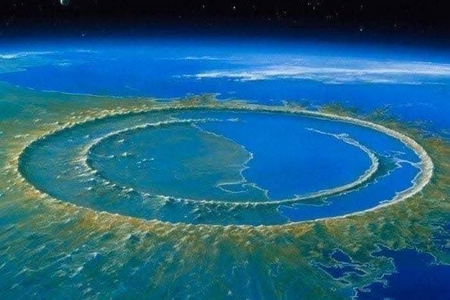
This is the face of the young man that silenced Albert Einstein and made him scratch his head contemplatively in front of a large audience.
This lanky young man with a bony face and a corn-silk hairstyle forced the famous Albert Einstein to have a second thought, and a minute later, he retracted an equation he had just finished presenting at a conference.
The year was 1930, and the event was a German Physical Society conference held in Leipzig. After the president of the association profoundly praised Einstein for his great speech to the thunderous applause, he asked if anyone in the audience had any questions. For a little while, silence seared across the hall. Who would dare to question Einstein, one of the world's most respected physicists?
A juvenile-like voice erupted from the last row of the room in a broken German language, spitting words that held the audience spellbound:
"What Professor Einstein said is not stupid, but the second equation he wrote does not follow from the first. In fact, it requires further assumptions that have not been made and, what is worse, it does not satisfy a criterion of invariance, as it should instead be". He echoed fearlessly.
All heads turned reflexively towards this bold, defiant voice that submerged everyone in disbelief, unable to contain their irrepressible astonishment in the engulfing noiselessness.
As they struggled to breathe under this bizarre sea of bafflement, wondering who that might be, Einstein was deeply lost in scrutinizing his said erroneous equation on the blackboard, almost transfixed by the new revelation, except for his hand, which was mechanically scratching his mustache.
After what appeared to be 60 seconds or so, Einstein turned around, admitting his mistake, and then said:
"The observation of that young man over there is perfectly correct. I therefore ask you to forget everything I have said to you today."
On that day, at that precise moment, destiny plucked that fearless young man of 22 years from obscurity and made him the leading theoretical physicist of the Soviet Union, arguably one of the greatest geniuses of all time to ever illuminate the rocky planet of Earth. That, that was Lev Davidovich Landau for you, ladies and gentlemen.
Similarly, on that day, Albert Einstein demonstrated the kind of unadulterated humility that genuine knowledge bestows on any vessel of flesh that houses it. True education humbles, not the other way around.
Be humble.








































































